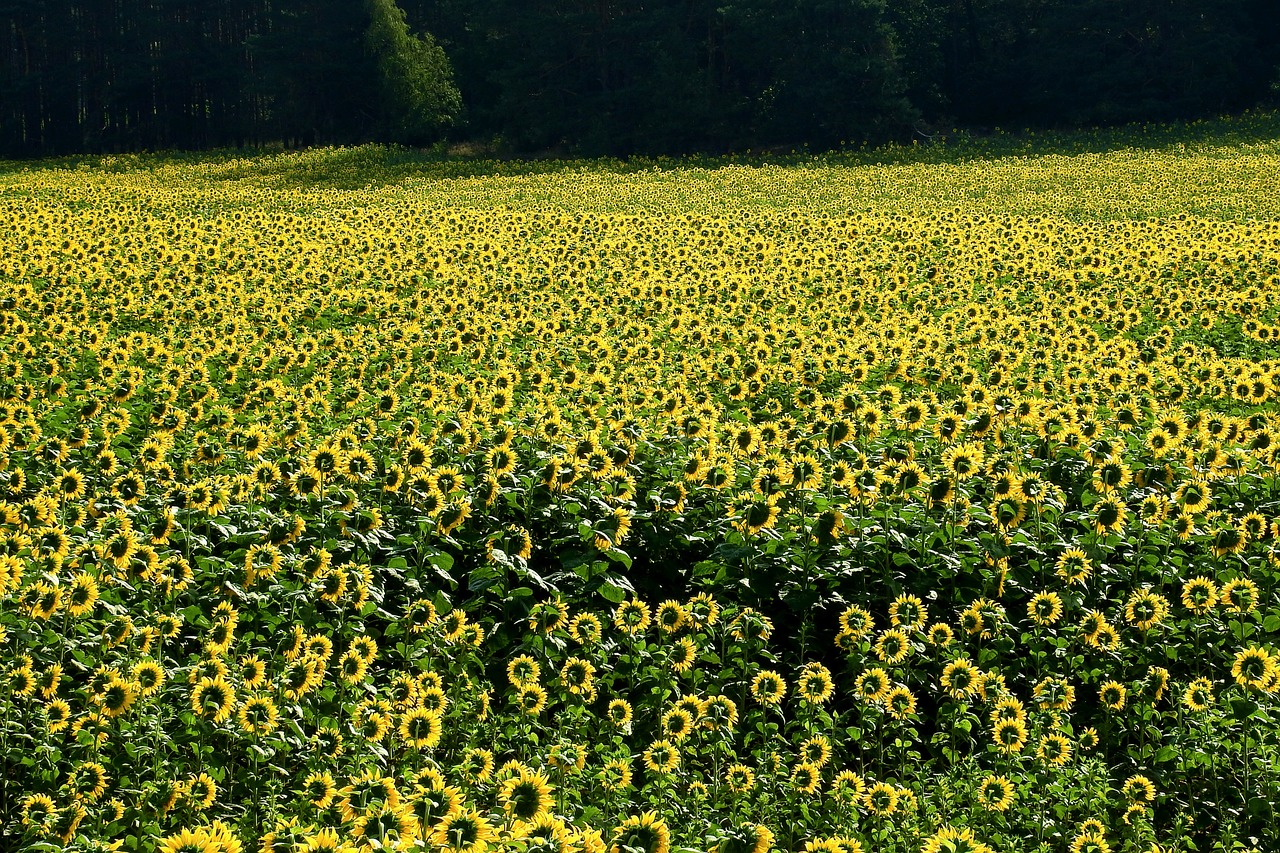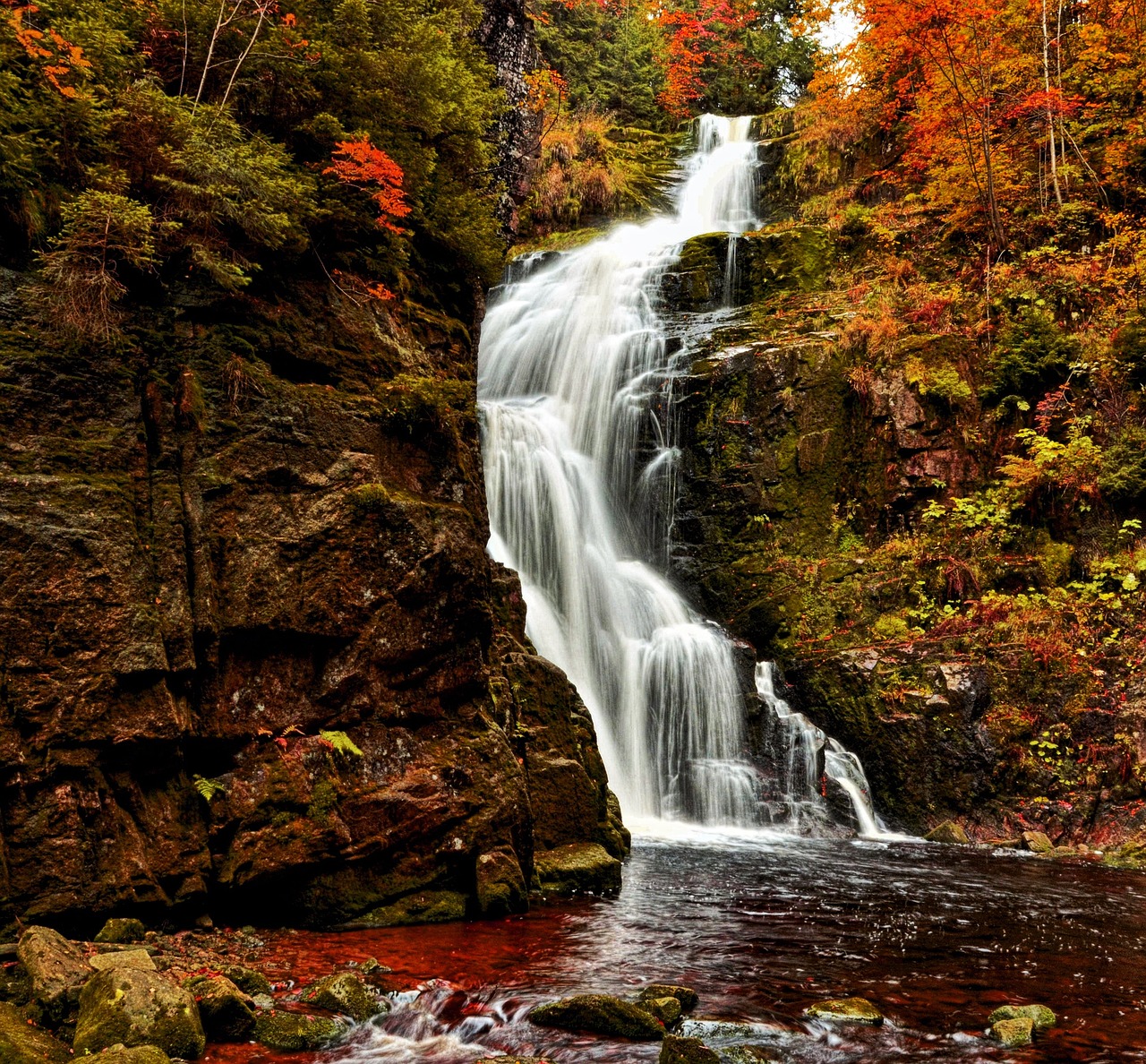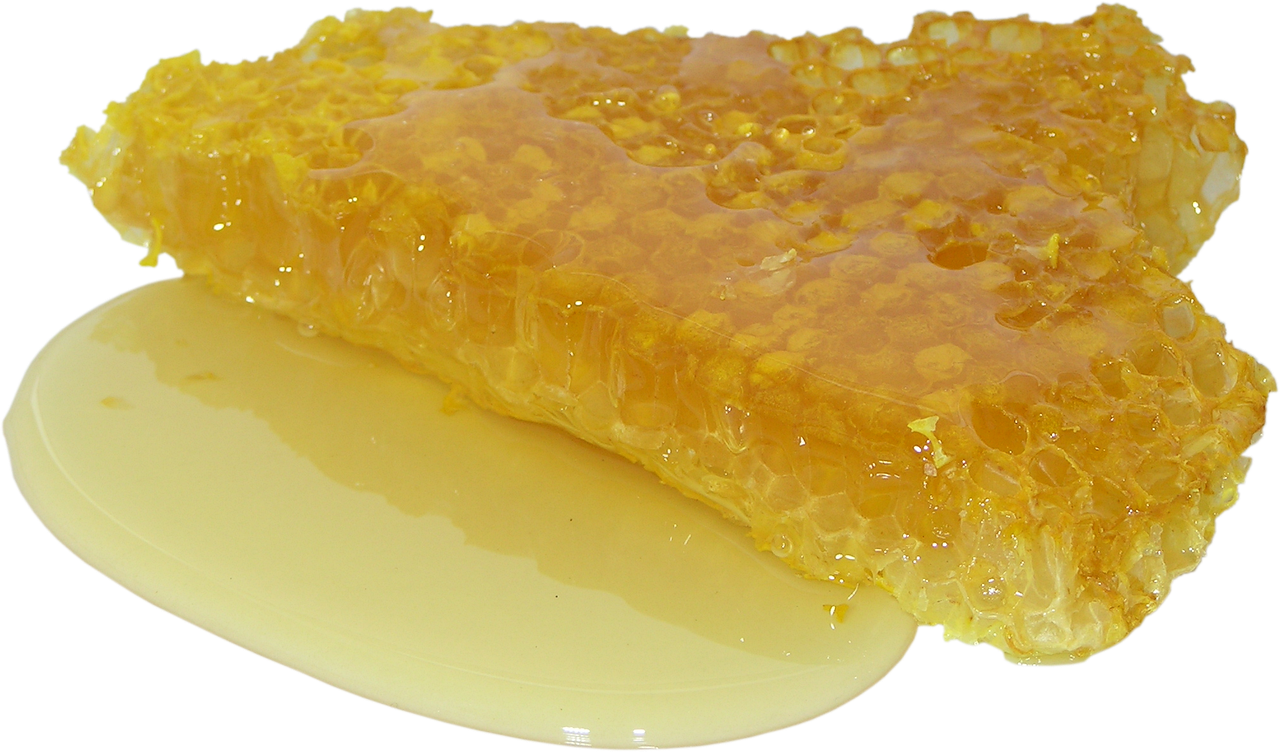Poland Video
Weathering Poland: Seasonal Changes and What to Expect
Poland is a country located in Central Europe and experiences four distinct seasons throughout the year. The seasonal changes bring about varying weather conditions, which greatly impact the activities and lifestyle of the Polish people. In this article, we will explore each season in detail, providing you with valuable information about what to expect when visiting or living in Poland.
Spring
Spring in Poland is a beautiful time of year when nature comes alive after the long winter months. It typically spans from March to May and is characterized by gradually increasing temperatures and longer daylight hours. Here are some key features of the Polish spring:
- Temperature: The temperature in spring ranges from cool to mild, with average highs ranging from 10 to 20 degrees Celsius (50 to 68 degrees Fahrenheit).
- Flora and Fauna: The countryside is filled with blooming flowers, blossoming trees, and vibrant green landscapes. It’s the perfect time to witness Poland’s diverse flora and fauna.
- Outdoor Activities: Spring is an ideal time for outdoor activities such as hiking, cycling, and picnicking. National parks and nature reserves offer breathtaking views and opportunities for exploration.
- Cultural Festivals: Numerous cultural festivals take place during spring, celebrating traditions, music, art, and food. The most famous one is the Juwenalia, a student festival held in many university cities across the country.
Poland Image 1:

Summer
Summer in Poland is a popular season for both locals and tourists. It spans from June to August and is characterized by warm temperatures and an abundance of outdoor activities. Here’s what you can expect during the Polish summer:
- Temperature: The summer temperature in Poland ranges from mild to hot, with average highs ranging from 20 to 30 degrees Celsius (68 to 86 degrees Fahrenheit).
- Sunshine and Longer Days: Poland experiences long days during summer, with daylight lasting for around 16 hours. This provides ample time for outdoor adventures and sightseeing.
- Beach and Lakes: Poland is home to numerous lakes and beautiful sandy beaches along its coastlines. Popular beach destinations like the Baltic Sea offer opportunities for swimming, sunbathing, and water sports.
- Music Festivals: Summer in Poland is synonymous with music festivals. From the internationally acclaimed Open’er Festival to smaller local events, there are plenty of options for music enthusiasts.
Poland Image 2:

Fall
Fall, also known as autumn, is a season of vibrant colors and cooler temperatures. It typically spans from September to November and brings about unique experiences in Poland. Here’s what you can expect during the Polish fall:
- Temperature: The temperature during fall gradually decreases, with average highs ranging from 10 to 20 degrees Celsius (50 to 68 degrees Fahrenheit) in September and dropping to 0 to 10 degrees Celsius (32 to 50 degrees Fahrenheit) in November.
- Foliage: The countryside transforms into a picturesque landscape with vibrant autumn colors. The forests are adorned with shades of red, orange, and gold, making it an ideal time for nature walks and photography.
- Harvest Season: Fall is the harvest season in Poland, and it’s a great time to explore local farmers’ markets and try fresh, seasonal produce. Apples, mushrooms, and pumpkins are commonly found during this time.
- Cultural Events: Various cultural events and festivals take place during fall, including the International Film Festival in Warsaw and the All Saints’ Day, a traditional holiday where people visit cemeteries to honor their ancestors.
Poland Image 3:

Winter
Winter in Poland is characterized by cold temperatures, snow-covered landscapes, and a festive atmosphere. It typically spans from December to February and offers unique experiences for visitors. Here’s what you can expect during the Polish winter:
- Temperature: The temperature during winter in Poland can drop below freezing, with average highs ranging from -5 to 5 degrees Celsius (23 to 41 degrees Fahrenheit).
- Snowfall and Winter Sports: Poland experiences regular snowfall during winter, creating opportunities for winter sports such as skiing, snowboarding, and ice skating. The Tatra Mountains offer excellent skiing resorts.
- Christmas Markets: Polish cities come alive with enchanting Christmas markets offering traditional food, handcrafted gifts, and festive decorations. The most famous market is in Krakow’s Main Square.
- Ice Fishing: Winter is the perfect time for ice fishing enthusiasts to indulge in their favorite activity. Many lakes and rivers freeze over, providing a unique experience for those willing to brave the cold.
Conclusion
Poland’s seasonal changes offer diverse experiences throughout the year. Whether you’re a nature lover, a music enthusiast, or someone who enjoys cultural festivals, Poland has something to offer in every season. From the blooming landscapes of spring to the snowy wonderland of winter, each season showcases the country’s unique charm and beauty.
References
– Poland Travel: [poland.travel](poland.travel)
– Visit Poland: [visitpoland.com](visitpoland.com)
– Polish National Parks: [national-parks.pl](national-parks.pl)
– Open’er Festival: [opener.pl](opener.pl)
– International Film Festival: [wff.pl](wff.pl)


